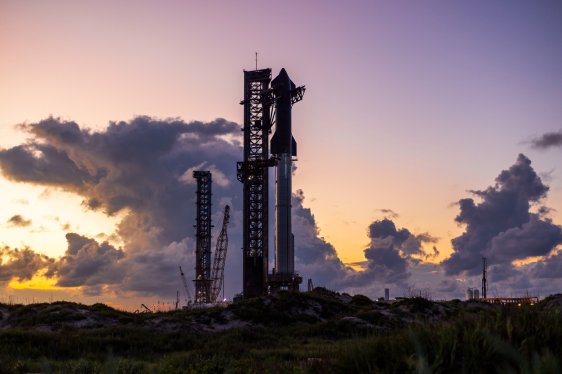The Payload Deployment Challenge
In a significant move, SpaceX is escalating its Starship test flight program by targeting payload deployment for the first time. The next rocket launch, scheduled to take place later this month, will mark a crucial milestone in the development of the reusable spacecraft.
Simulator Satellites: A Glimpse into the Future
The payload in question consists of 10 Starlink ‘simulators,’ which are essentially model spacecraft designed to mimic the size and weight of the next-gen satellites that SpaceX plans to deploy using Starship. These simulator satellites will travel on the same trajectory as the upper stage, known as Starship, and splash down in the Indian Ocean.
The Next-Gen V3 Satellites: A Game-Changer
The operational version of these satellites, called V3, is expected to be the first real payloads Starship flies. These advanced satellites will likely revolutionize the way SpaceX deploys its satellite constellation, enabling it to more rapidly expand its network while reducing costs per launched satellite.
Starlink: The Constellation with a Mission
SpaceX’s ambitious plan for Starlink involves deploying a massive constellation of satellites to provide global internet connectivity. With the next-gen V3 satellites, the company aims to significantly increase the capacity of its network, adding 60 terabits per second of capacity per launch. This represents a substantial improvement over the current V2 Mini satellites.
V3 vs. V2: A Comparison
To put this into perspective:
- Per satellite, V3 offers more than 10 times the downlink and 24 times the uplink capacity compared to V2 Mini satellites.
- This means that with each launch of Starship, SpaceX can deploy 60 V3 satellites, which is a significant upgrade over the current payload capacity.
The Road to Success: Upgrades and Improvements
In preparation for the next test launch, SpaceX has introduced several upgrades to the rocket. These improvements include:
- Enhancements to the propulsion system
- Avionics upgrades
- Heat shield enhancements
These upgrades are expected to boost reliability and performance, paving the way for successful deployment of payloads.
A Slew of Firsts: Catching the Booster
During this test, SpaceX will attempt to ‘catch’ the Super Heavy booster, a feat that was achieved for the first time during the fifth test in October. The company’s ambitious goal is to make Starship and its reusable components an integral part of its launch strategy.
Conclusion
SpaceX’s decision to target payload deployment with its next-gen Starlink satellites marks a significant milestone in the development of its reusable spacecraft. With the introduction of V3 satellites, the company aims to expand its network capacity while reducing costs per launched satellite. As we move forward, it will be exciting to see how SpaceX continues to push the boundaries of space technology and innovation.
Recommendations for Further Reading
- "SpaceX’s Starship: A Breakthrough in Reusable Spacecraft?" – This article explores the innovative design and capabilities of Starship.
- "The Future of Satellite Constellations: SpaceX’s Ambitious Plan for Starlink" – This piece delves into the company’s vision for a global internet constellation.
Stay tuned for more updates on SpaceX’s developments and innovations in space technology!

